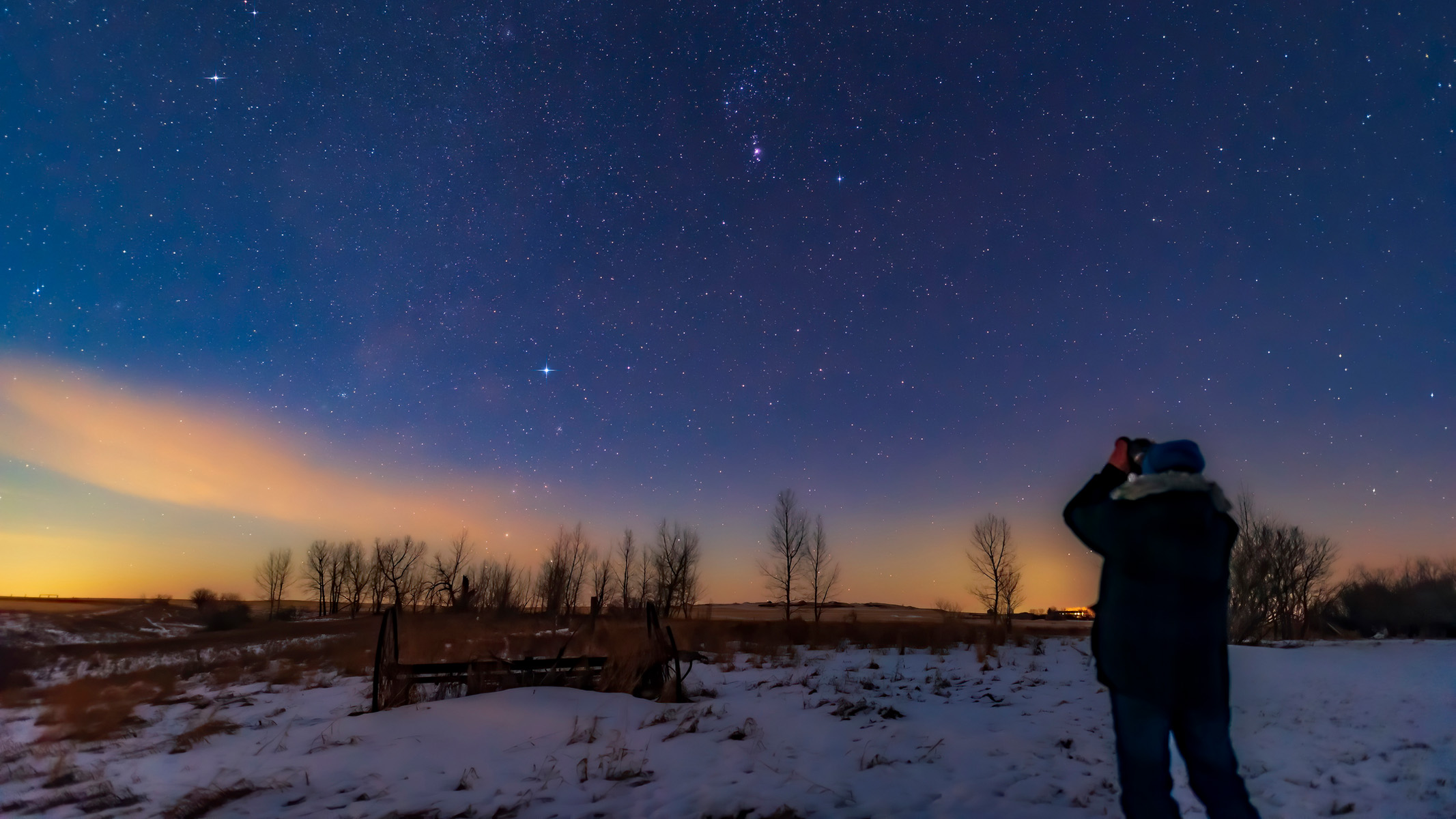Quick Summary
- The article highlights the best things to see in the night sky with binoculars from August to November 2025, focusing on the Northern Hemisphere.
- Key targets include the Summer Triangle, the Milky Way, planetary conjunctions, and various star clusters and constellations.
- The article provides tips on how to locate and observe these celestial objects using binoculars.
📘 Structured Analysis
- Headline Assessment: The headline is accurate and informative, indicating the best things to see in the night sky with binoculars during the specified period.
- Key Discovery or Claim: The article highlights the importance of using binoculars to observe the night sky, particularly for objects that are too faint or distant to be seen with the naked eye.
- Who Did the Research: The article does not appear to be based on a specific research study, but rather provides general information and tips for observing the night sky.
- How the Research Was Done: Not applicable, as the article is not based on a research study.
- Where It Was Published: The article was published online, but the exact publication or journal is not specified.
- Data & Evidence: The article provides descriptive information on various celestial objects and how to locate them, but does not include quantitative data or statistical analysis.
- Limitations or Caveats: The article notes that light pollution can limit the visibility of certain objects, and that a dark sky is required for optimal viewing.
- Independent Expert Input: The article does not include commentary from independent experts.
- Impact or Relevance: The article is relevant to anyone interested in astronomy and observing the night sky, particularly in the Northern Hemisphere during the specified period.
- Red Flags (if any): None apparent, but the article could benefit from more specific information on the methodology and equipment used for observing the night sky.
📌 Quick Summary (3–5 bullet points)
- Observe the Summer Triangle and the Milky Way with binoculars to see rich starfields and nebulae.
- Catch the planetary conjunction of Venus and Jupiter on August 12, 2025, using binoculars to see Jupiter’s moons.
- Explore smaller constellations like Sagitta, Delphinus, and the Coathanger, which are perfect for binocular observation.
- Observe the full moon rising above the eastern horizon on August 9, September 7, and October 7, and look for the Andromeda Galaxy and other deep-space objects.
- Use binoculars to spot star clusters like the Alpha Persei Moving Cluster and the Summer Beehive Cluster.
